Here’s Why Your Dog Refuses to Drink Water and How to Fix It
When dogs want a treat or a walk, they won’t be shy about telling you. But when they stop drinking water all of a sudden, it can be scary. Staying hydrated keeps their body temperature stable, helps digestion, and keeps them from getting sick. A change in the way your dog drinks could be a sign of anything from mild stress to a serious health problem.
You can act quickly to stop dehydration if you can see patterns and figure out what’s causing them. Here are some of the most common reasons every dog owner should know.
Stress or Anxiety

Credit: pexels
It’s very easy for dogs to feel anxious or stressed out. Things as simple as moving into a new house or even an unruly guest can make them tense. Some dogs deal with stress by staying away from food and water. You can calm them down by setting up a quiet corner with their favorite blanket and toys.
Dirty or Unappealing Water
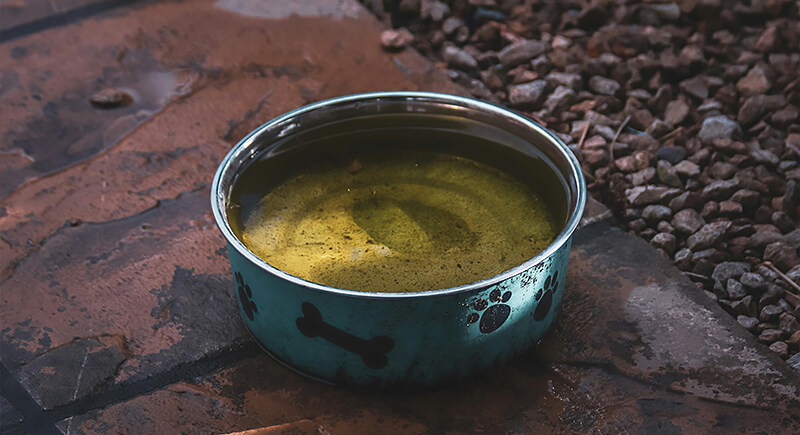
Credit: pexels
Dogs can smell things that humans can’t. A bowl that tastes a little old or tap water that tastes funny might be enough to make them leave. Change the water a few times a day and wash the bowl every day to keep things fresh.
Bowl Placement or Height
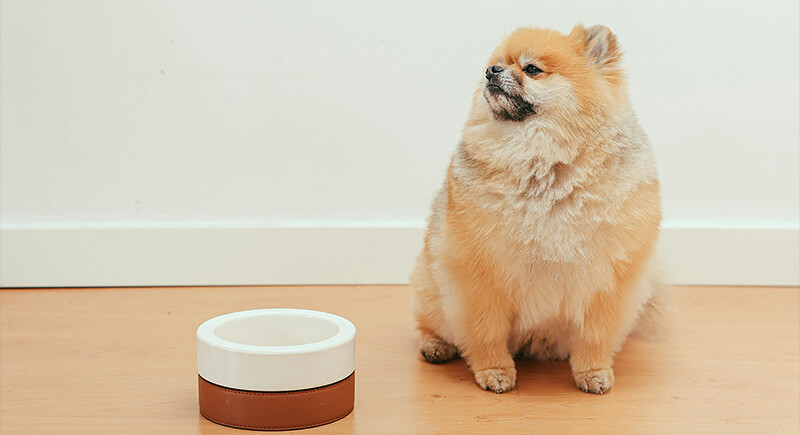
Credit: pexels
What if you had to hunch over every time you wanted a drink? It’s just as painful for old dogs whose joints are stiff. They might not drink if their bowl is too low or too high. To make it easier on their body, move the bowl to a quieter spot and raise it a little.
Dental Pain or Oral Issues
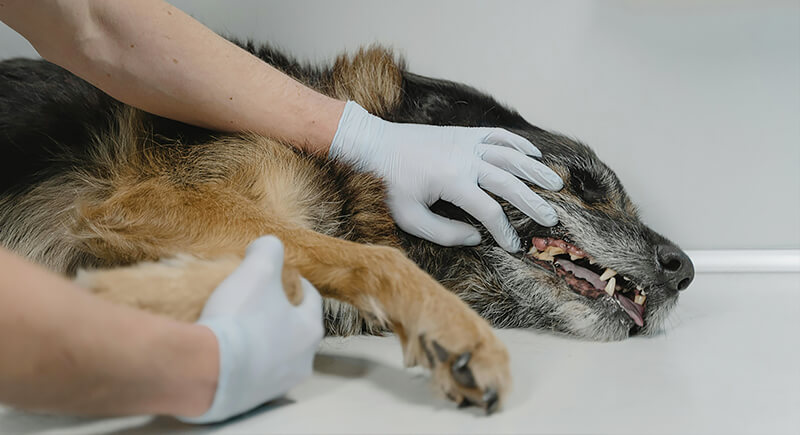
Credit: pexels
Drinking can be painful with broken teeth, sore gums, or an injury in the mouth. So, it’s no wonder that dogs with sore mouths often go on silent strike. A quick trip to the dentist can fix this issue.
Gastrointestinal Upset
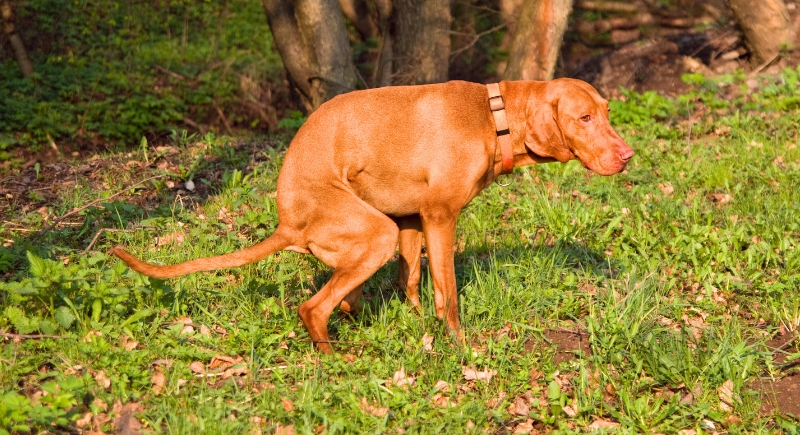
Credit: Getty Images
Your dog may avoid water when it starts to feel sick or has diarrhea, even if it’s already dehydrated. Instead of a full bowl, give small sips often. Take your pet to the vet right away if the symptoms last more than a day or get worse.
Medication Side Effects
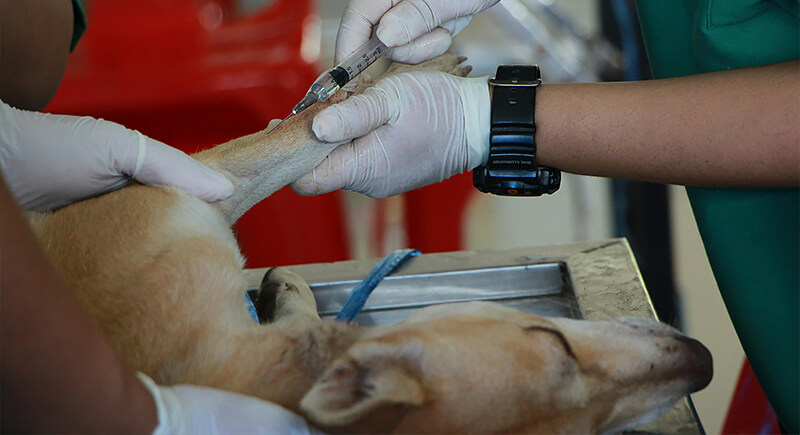
Credit: pexels
Some prescription drugs have strange side effects, like reduced thirst. Talk to your vet if your dog stops drinking right after starting a new medicine. Don’t stop treatment by yourself. Instead, ask about safe ways to keep your dog hydrated, like adding water to food or giving it ice chips.
Underlying Illness
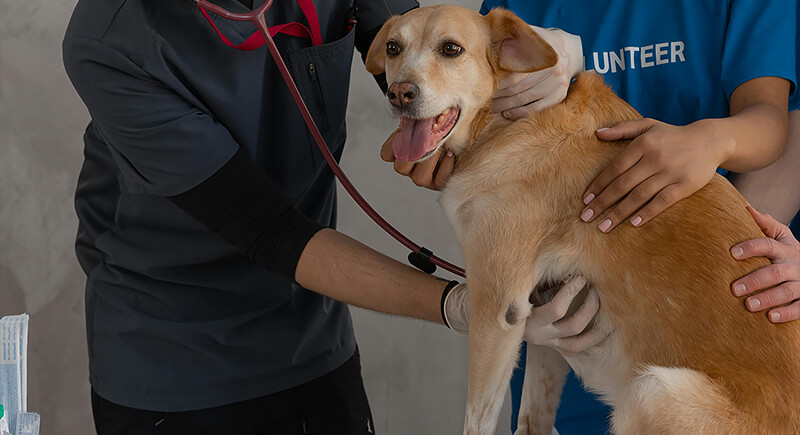
Credit: pexels
When a dog has kidney disease, diabetes, or an infection, it can change how much water they drink. Don’t wait it out if they’re also tired, losing weight, or having a fever. The safest thing to do next is to take the pet to the vet.
Heat and Activity Levels
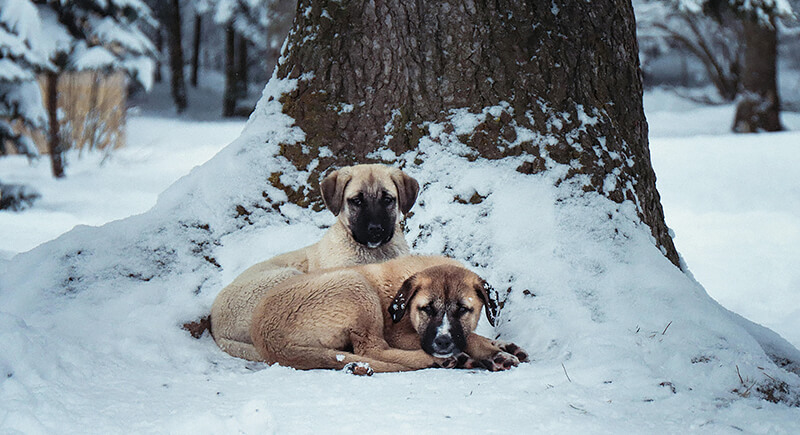
Credit: pexels
Your dog will naturally drink less when it’s cold or if it’s been lounging around all day. But their body might need more in the afternoon when it’s hot or after a game of fetch. Keep bowls of water out of the sun to encourage them to take breaks.
Fear of the Bowl
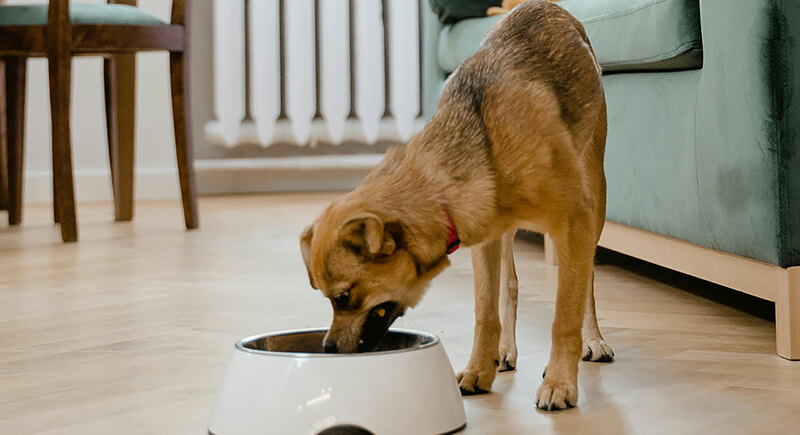
Credit: pexels
Some dogs get spooked by the noise of metal bowls, especially if they clang on the floor or against other objects. After a scare like that, they may avoid drinking near the dish. Switching to another option, such as ceramic or glass, and letting them drink without interruptions can help them feel safe again.
Travel or New Environments

Credit: pexels
Dogs may refuse to drink in unfamiliar places because the water smells or tastes different from what they’re used to. If you’re traveling, bring some water from home or bottled water. You can gradually mix it with the local supply so your dog adjusts without skipping hydration.